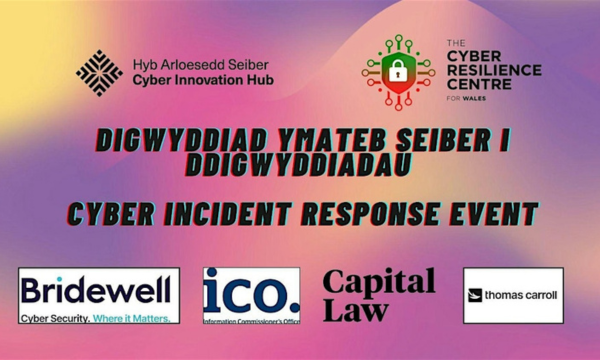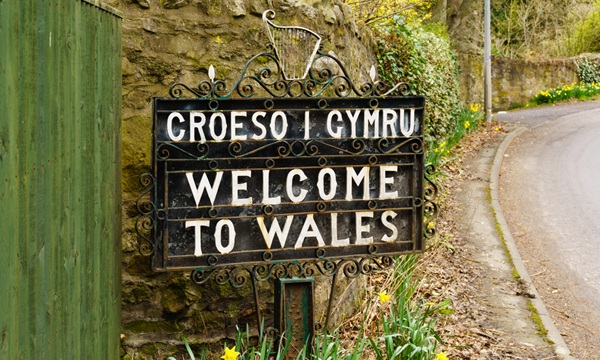Over the past few months on these pages, Box UK has shown how ecommerce has been changing, transforming, evolving and revolutionising businesses of all sizes and sectors. The pandemic simply accelerated a process that had been gathering pace for a number of years, driven by technological advances, more robust digital infrastructure and rapidly-changing consumer behaviours across all demographics and geographies. So what’s next? And what can organisations do to build on their ecommerce evolution? Benno Wassenstein, Managing Director of Box UK, recently spoke with two key figures in the automotive sector – Richard Seaward, Head of Strategic Development at Sinclair Group and Chris Wiseman, Managing Director of Wessex Garages – to find out how digital technologies have changed their businesses; and the direction they’re travelling in on their ecommerce journey ….
“The pandemic turbo-charged us down a road we were already travelling”
“It might seem a strange thing to say, but COVID-19 didn’t fundamentally change our ecommerce direction as a business,” explained Richard at the outset. “For years, our marketing had been moving from the classic above-the-line of TV, radio and press, towards the more measurable and advocacy-based digital and social media. The pandemic was a turbo-charger for the pace of change, for sure – but it simply accelerated us down a road we were already travelling, probably cramming five years’ development into a matter of months.”
Chris concurred: “Like many car dealers we were already looking at how ecommerce could enhance our business, so somewhat bizarrely, the pandemic gave us the space and focus to think through what we really needed to be offering online. From a starting point of zero we created an entire team of online navigators to help our customers on their car purchase journey – and now, one year on, we have a team of seven doing just that. It’s been an immensely rewarding experience and one of the best things I’ve ever been involved in from a business perspective”.
“We chose the tech that fitted in with our service ethos”
Benno was understandably impressed by what the Sinclair Group and Wessex Garages had achieved, and was eager to find out what part tech such as live chats and bots had played in the transformation: “Historically, dealers would be able to tell you where their leads came from,” stressed Chris “and we’ve long understood that a customer can choose between numerous routes when they want to engage with us. Because our people are service- rather than sales-focused, and trained to follow the customer’s lead, we chose tech and built a system which respected the fact that we’re a people company, always looking to build a rapport with customers, whether it’s through a live chat, a Zoom or in the showroom. If someone wants to talk to us at 8am from 9pm, any day of the week, we’ll accommodate that. So we chose the tech that fits in with that ethos, to enable this.”
“It’s not just tech – you’ve got to get your people right too,” emphasises Richard. “We refined our processes and found it easier and quicker to change the way we work than to implement an end-to-end ecommerce system, which is a piece we’re still working on as we build out our capabilities. The important thing is that we are able to use technology and people to deliver a seamless, frictionless experience for our customers – offering them the best of both worlds, whether it’s a traditional showroom service, a purely ecommerce experience or anything in between.”
“We’re far more joined-up without losing the personal touch”
“You really do need to identify and understand what you want to achieve” says Chris. “We see our customer base as mainly in a 20-30 mile radius of our showrooms. Others may see themselves as a national service from Lands End to John O’Groats. Those are two very different business models; and the shape of ecommerce will be radically different for each of those business models. What will be common is the importance of the data you receive – the locations of the enquiries, the media they interacted with, the customer contact details, and the essential product preferences they volunteer up. That allows us to quickly prepare an individualised, comprehensive offer to any incoming enquiry – and it means that we’re now more joined up than we have ever been. We’re far more ‘together’, responsive and efficient, without losing the personal touch that customers ultimately choose us for.”
“To put the scale of change into some perspective, my role didn’t exist 6 months ago” revealed Richard. “We’re completely transforming our sales, service and administrative functions so that everyone can concentrate on doing what they’re best at. So ecommerce has allowed us to break down our roles as well as join up our business – and all of these changes have allowed us to put our foot on the ball, work out how we can do things better and how everyone in our team can enjoy doing what they’re very good at doing.”
“Don’t rush into it. The tech needs to reflect the reality of today, as well as future-proofing the business”
Finishing a fascinating and insightful discussion, Benno asked what advice Chris and Richard would give to anyone starting their ecommerce transformation. “Don’t rush into it” emphasised Richard. “Do your due diligence, and don’t engage the first provider who promises the world to you. Above all, identify what you really want and what your structure needs to be in the future. We’re concentrating on aligning our business activities with our environmental policies, for example, making sure we decarbonise as quickly as we can. Our systems need to be a driver of that and we have made our ecommerce choices with that as a key imperative, integral to an increasingly digitised service.”
For Chris, it was vital for any enterprise to: “understand what type of business you are. Don’t necessarily be swayed by case studies from other sectors that are not similar to you. For us, everything is driven by the customer and their behaviour, which is why a blended approach is probably the right one – our industry is highly emotive, where people buy off people at some point in the cycle. The tech needs to reflect the reality of today, as well as future-proofing the business.”





















